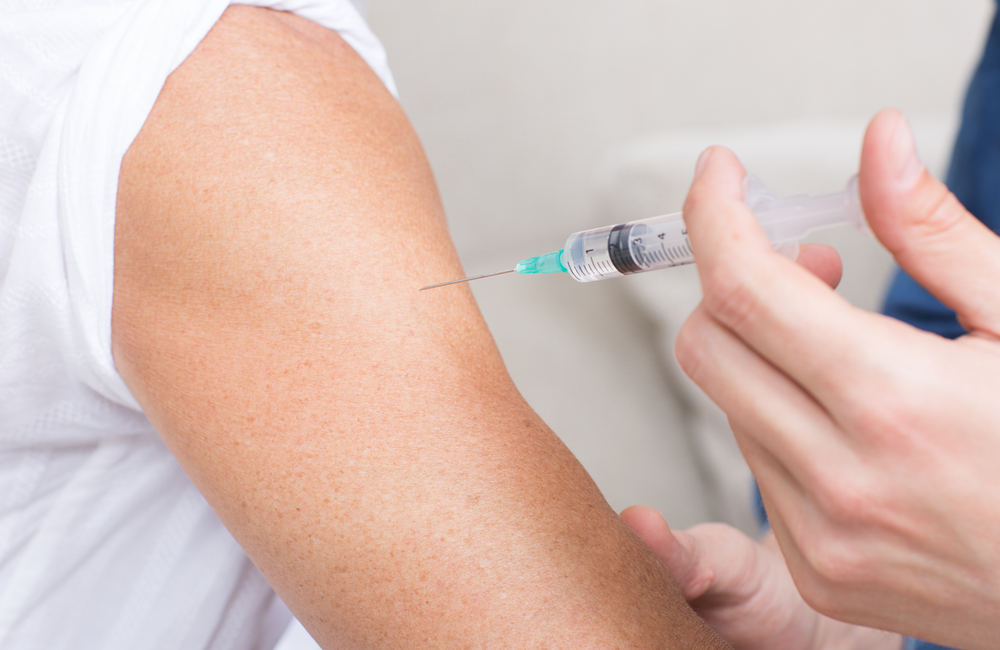
An HIV-positive man transmitted HIV to his sexual partner after interrupting antiretroviral therapy as part of a research study into a therapeutic vaccine, French scientists reported in the Journal of Infectious Diseases last week. The case report underlines the importance of participants in cure and vaccine studies being made aware of this potential and of prescribing pre-exposure prophylaxis (PrEP) to their sexual partners.
The 59-year-old man had been diagnosed with HIV nine years earlier, in the primary infection phase. He began antiretroviral therapy immediately and had maintained an undetectable viral load until taking part in the study. He was well informed about HIV and was involved in HIV activism.
While the case took place over four years ago, it has only been reported now. The man was taking part in a randomised, placebo-controlled vaccine study (VR102/ANRS149-LIGHT). Study participants received injections of either an active therapeutic vaccine or a placebo between baseline and week 24 of the study, then interrupted antiretroviral treatment at week 36. Participants were able to resume antiretroviral treatment at week 48 (or before) if viral load rebound occurred.
Study participants were informed of the risk of sexual transmission and advised to use condoms during the treatment interruption. The man attended study visits with his sexual partner and these discussions were recorded in his medical notes.
One month after stopping antiretroviral therapy, his viral load rose to 2000 copies/m, reaching almost 16000 copies/ml at six weeks, with a spontaneous return to a plateau of 1000 copies/ml after two months. He did not report any notable symptoms.
Also one month after beginning the treatment interruption, his 44-year-old female partner had fever, joint pain and a skin rash – symptoms that are suggestive of acute (very recent) HIV infection. She was subsequently diagnosed with HIV and phylogenetic analysis showed that her viral strain was very similar to that of her partner.
The only sexual behaviour the couple reported to doctors was cunnilingus (not usually considered a risky act) on two or three occasions. However, the doctors note that it can’t be ruled out that they had other types of sex as well. Neither partners report having other sexual partners.
“This case highlights the risk of secondary transmission of HIV infection during treatment interruption, including among participants who have a good understanding of their HIV infection and its effects and whose level of viral rebound is low,” comment Professor Jean-Daniel Lelièvre and Dr Laurent Hocqueloux.
A few months ago, an analysis of ten male participants in the same study showed that viral load in semen rapidly rebounds to infectious levels after interrupting HIV treatment. Increases in viral load in both blood and semen were observed within two weeks and after four weeks, all ten participants had detectable virus in their semen.
Lelièvre JD & Hocqueloux L. Unintended HIV-1 Transmission to a Sex Partner in a Study of a Therapeutic Vaccine Candidate. Journal of Infectious Diseases, online ahead of print, 16 February 2019.

